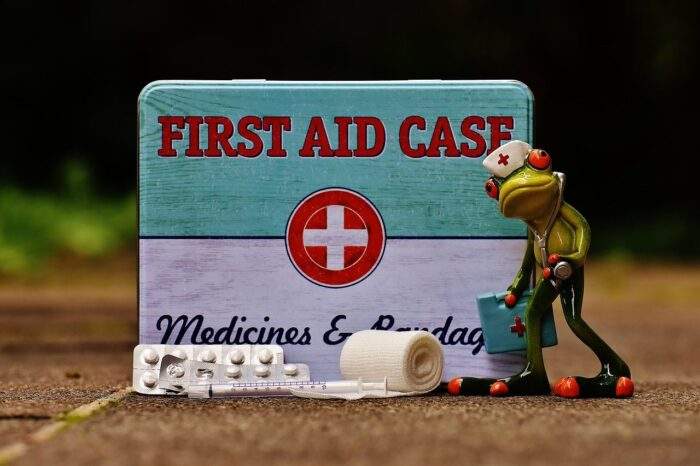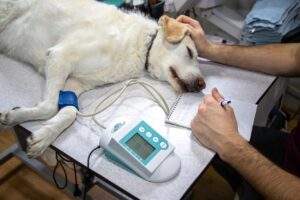First Aid in Case of Accidents

First aid is a temporary measure to save lives, prevent additional injuries and alleviate suffering until qualified medical assistance is provided by specialists.
General rules
- Call Ambulance 03 or 103 or urgent care 90034 (from a mobile phone).
- Make sure that neither the victim nor you are in danger.
- If possible, leave the victim lying where he is until they examine him. If you have to move it, do it with extreme caution.
- If vomited, lay it on its side to prevent suffocation.
- If the victim does not breathe, give him artificial respiration.
- Cover the victim so that he does not freeze, protect him from rain and snow.
- Tie up and fix the injured organ.
- Choose the most suitable method of transportation method.
Loss of consciousness
- Make sure that the victim is unconscious.
- If he is unconscious, make sure he is breathing.
- If he does not breathe, release his nasopharynx. Pull forward his lower jaw. Tilt his head back so that his chin is above his nose. Pull his tongue forward so that he does not block the nasopharynx.
- If the victim does not start breathing, use artificial respiration.
Stop bleeding
- Lay the victim so that the wound is higher than the level of the heart; if the wound is on the head or neck, raise the head and shoulders.
- Almost any bleeding can be stopped by applying clean tissue folded into several layers. Put a bandage on the wound and tighten it tightly.
- If the bleeding continues, it is necessary to press the artery to the bone above the wound: on the arm – in the middle between the elbow and armpit, on the leg – in the crease between the torso and thigh.
Stopping arterial bleeding (the most dangerous) by applying a tourniquet:
- make a tourniquet from a piece of fabric with a width of at least 5 cm (do not use rope, nylon, stockings, wire);
- place the tourniquet on the damaged part of the limb directly above the wound so that it does not slip when tightened;
- wrap the fabric twice around the surface and lay one end of the fabric on the other, and then pass one under the other;
- take a short sturdy stick, lay it across the half-node on the fabric and tie both ends over the stick to the knot;
- turn the stick so that the tourniquet is tightened. Turn it until the bleeding stops;
- tie a piece of fabric around the stick and fasten it around the limb so that the tourniquet is well fixed.
Under the tourniquet put a note indicating the date, hour and minutes of its imposition. The tourniquet can be used for 1.5-2 hours. Otherwise, the extremity will die. During this time, the victim must be taken to a medical institution.
Penetrating chest wound
- If a bullet or sharp object pierces the chest, a whistling sound is heard when entering and exiting, so that there is no collapse of the lungs, the hole must be closed. This can be done with your hand, a plastic bag, adhesive tape or a clean cloth folded in several layers.
- Regardless of whether the victim is conscious or not, he is placed on his side with the injured side down.
Abdominal injuries
- Apply a clean tissue dressing to the wound. If the intestines or other internal organs have fallen out, do not try to put them back in place.
- Give the victim the most comfortable position. Place a folded blanket under the legs bent at the knees, this will reduce pressure on the abdominal wall.
- Do not give the victim a drink, even if it requires water. You must also not eat or smoke.
Electric shock
- Disconnect the electric current (work with electricity only with dry hands; never use electrical appliances on a wet floor, bench or table).
- If it is not possible to disconnect the current, remove the contact wire from the victim with a safe object (it must be from material that does not conduct or does not conduct electricity well). A stick, a folded newspaper, rubber-soled shoes, sneakers, clothes — all of these items can be used if they are dry.
- Never touch the victim until you have turned off the current or removed the wire.
- See if the victim is breathing. Make sure the airways are clear. If necessary, use artificial respiration.
- If the victim is unconscious but breathing, give him a safe position.







